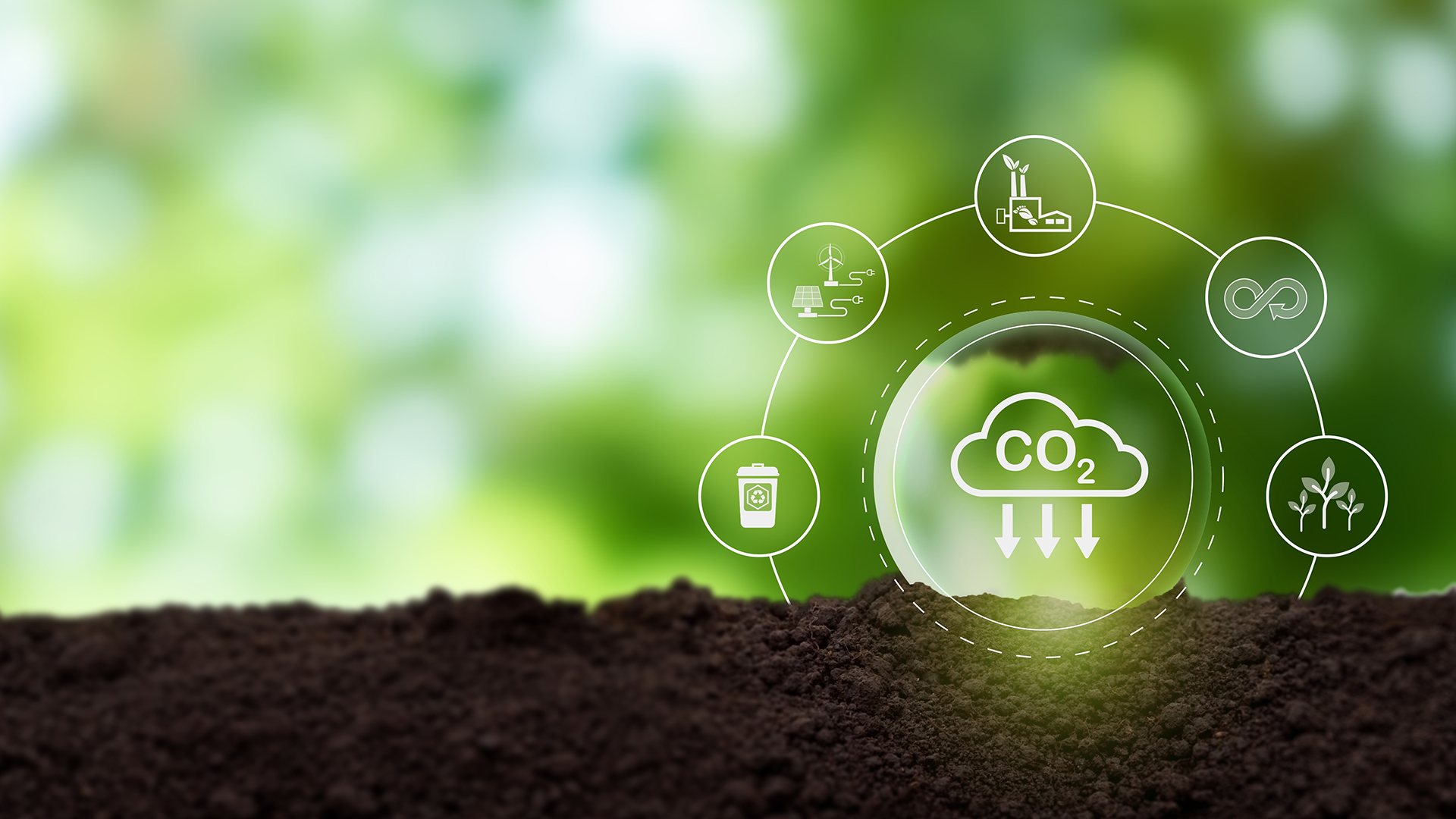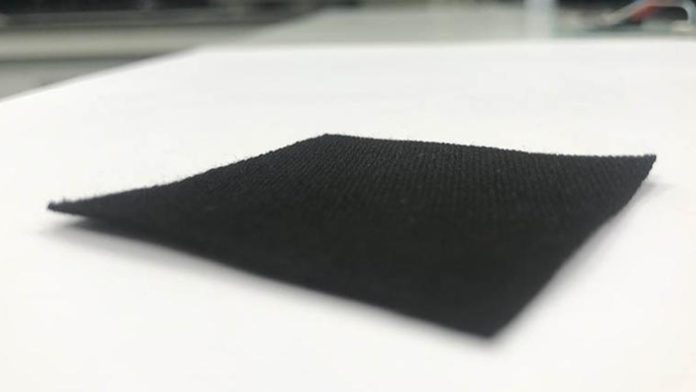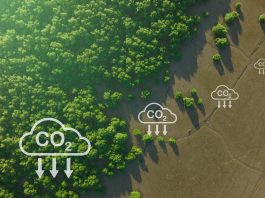Scientists at The University of Cambridge have pioneered an economical and efficient method for creating materials for CO2 capture.
The innovative CO2 capture method is similar to charging a battery, but instead charges activated charcoal, commonly used in household water filters.
Charging the charcoal ‘sponge’ with ions forms reversible bonds with CO2 that effectively capture the CO2 from the air.
Potentially, this method is more energy efficient than traditional carbon capture processes, requiring much lower temperatures.
The researchers have filed a patent for the method, and the research is being commercialised with the support of Cambridge Enterprise.
Dr Alexander Forse from the Yusuf Hamied Department of Chemistry, who led the research, explained the significance of the research: “Capturing carbon emissions from the atmosphere is a last resort, but given the scale of the climate emergency, it’s something we need to investigate.
“The first and most urgent thing we’ve got to do is reduce carbon emissions worldwide, but greenhouse gas removal is also thought to be necessary to achieve net zero emissions and limit the worst effects of climate change. Realistically, we’ve got to do everything we can.”
Limitations of direct air capture
Direct air capture, utilising sponge-like materials to extract carbon dioxide from the atmosphere, is a potential carbon capture method.
However, it is currently costly, energy-intensive, reliant on high temperatures and natural gas, and lacks stability.

“Some promising work has been done on using porous materials for carbon capture from the atmosphere,” said Forse. “We wanted to see if activated charcoal might be an option since it’s cheap, stable and made at scale.”
Activated charcoal for carbon capture
Activated charcoal is commonly used in purification applications like water filters, but it typically can’t capture CO2 from the air.
Forse and his colleagues proposed that charging activated charcoal, similar to a battery, could make it suitable for carbon capture.
When charging a battery, charged ions are inserted into one electrode. The researchers hypothesised that charging activated charcoal with hydroxides, which form reversible bonds with CO2, would enhance its carbon capture capabilities.
They used a battery-like process to charge inexpensive activated charcoal cloth with hydroxide ions. The cloth, acting like a battery electrode, accumulates hydroxide ions in its pores. After charging, the charcoal is removed, washed, and dried.
Tests showed that the charged charcoal sponge could successfully capture CO2 directly from the air due to the hydroxide bonding mechanism.
To release the captured CO2 for purification and storage, the material is heated to reverse the hydroxide-CO2 bonds.
Unlike current materials that require heating to 900°C, the charged charcoal sponges need only 90-100°C, achievable with renewable electricity. This resistive heating method is faster and less energy-intensive.
Researchers believe this approach could be useful beyond carbon capture, as the charcoal’s pores and the inserted ions can be adjusted to capture various molecules.





